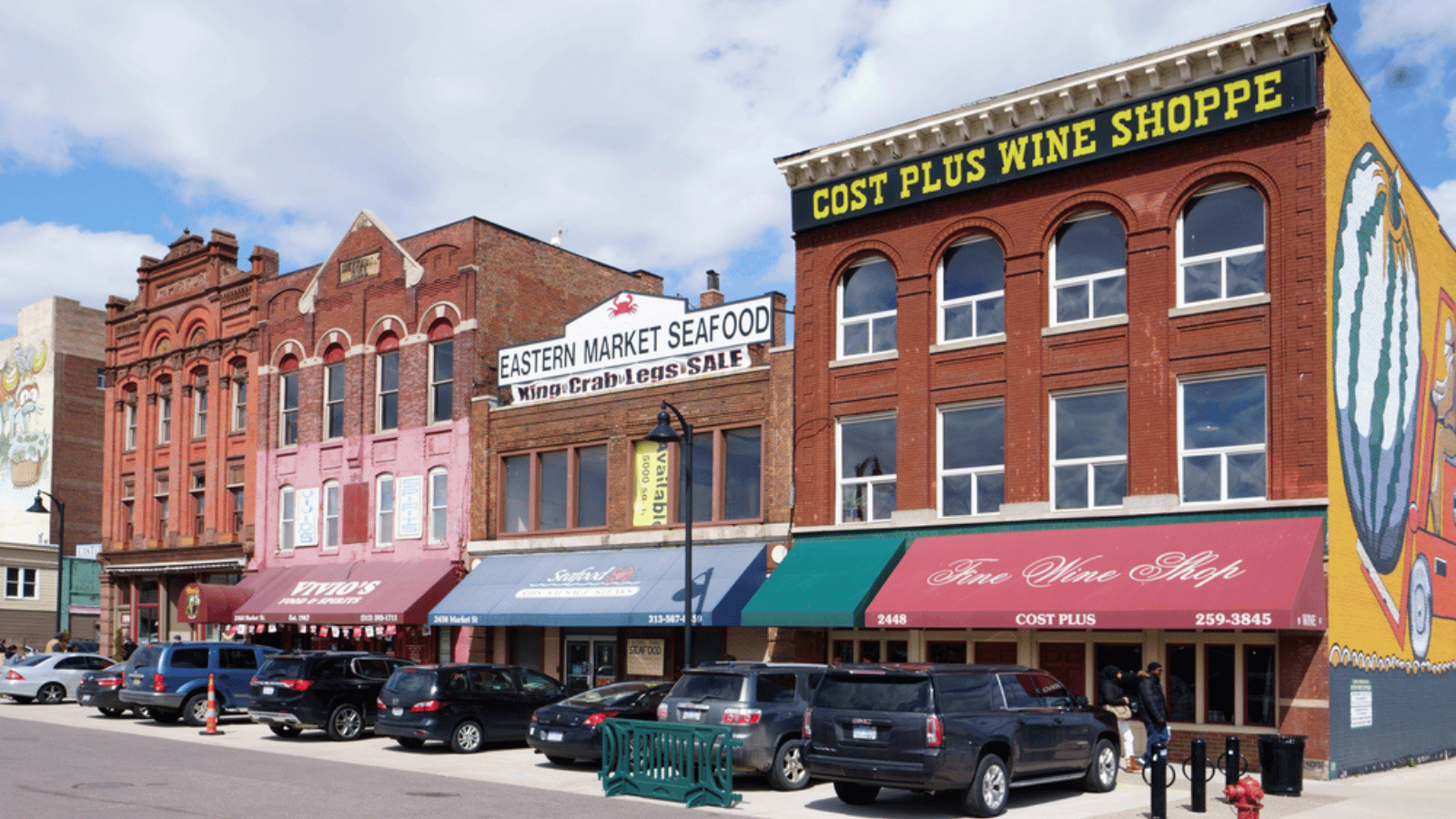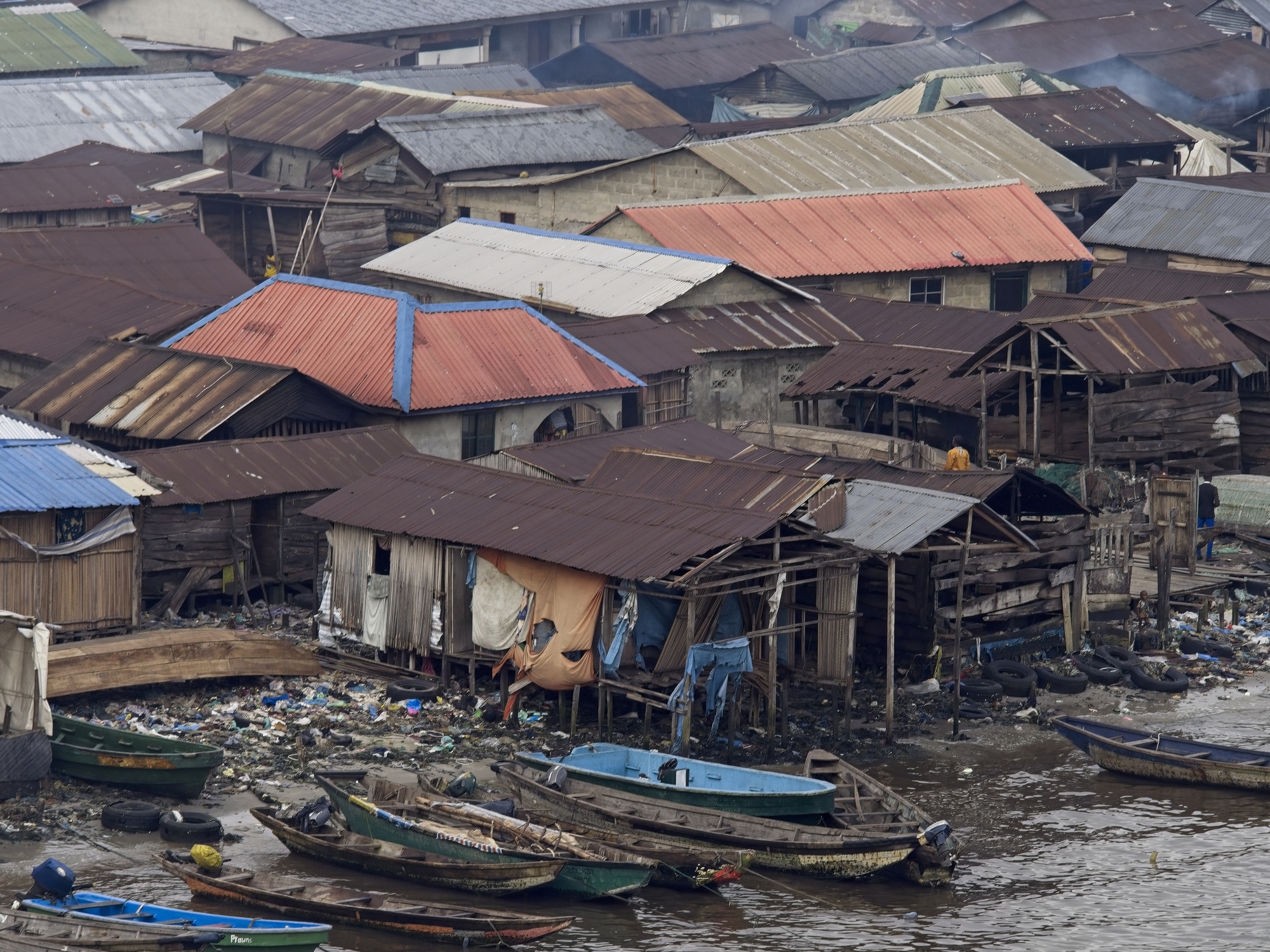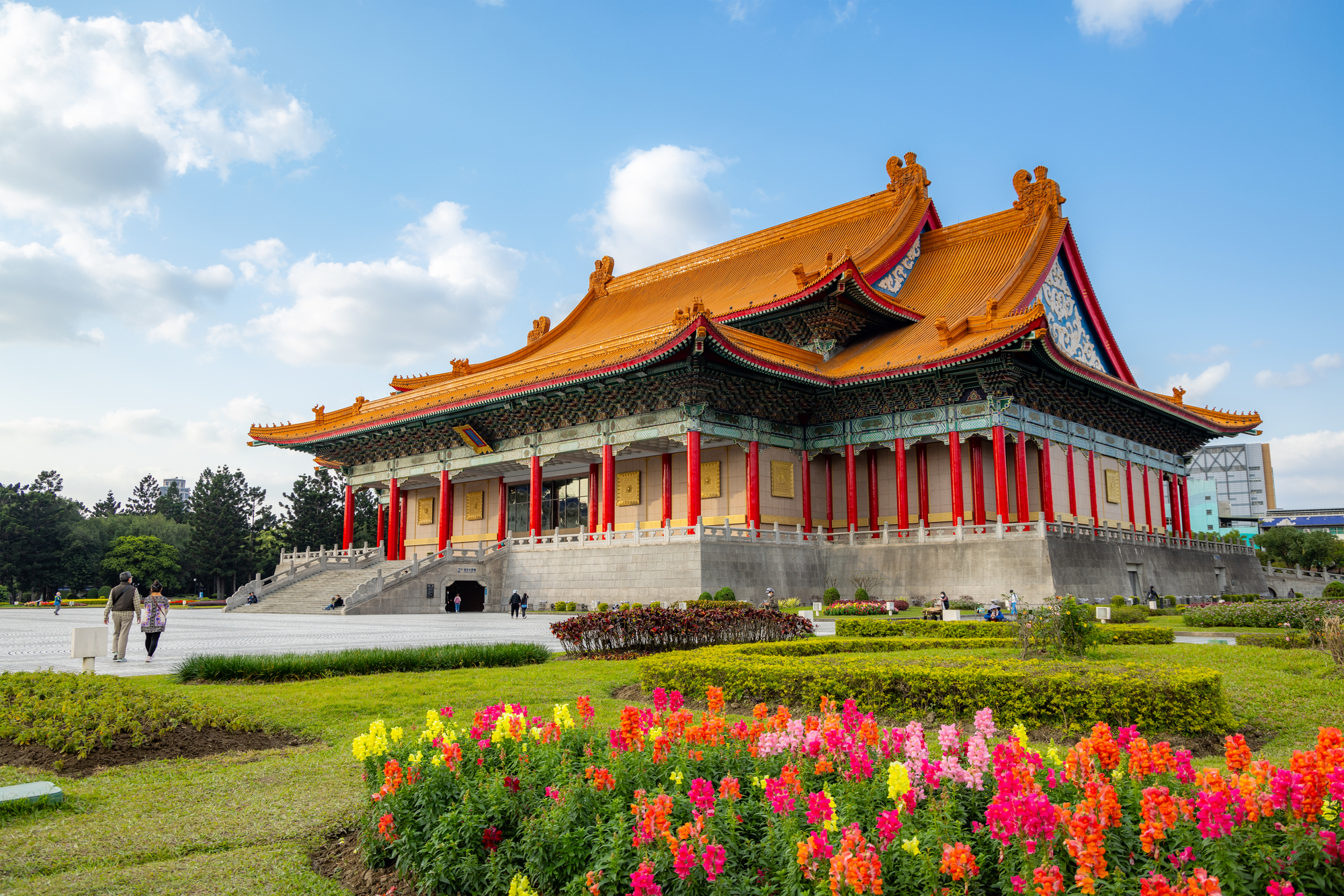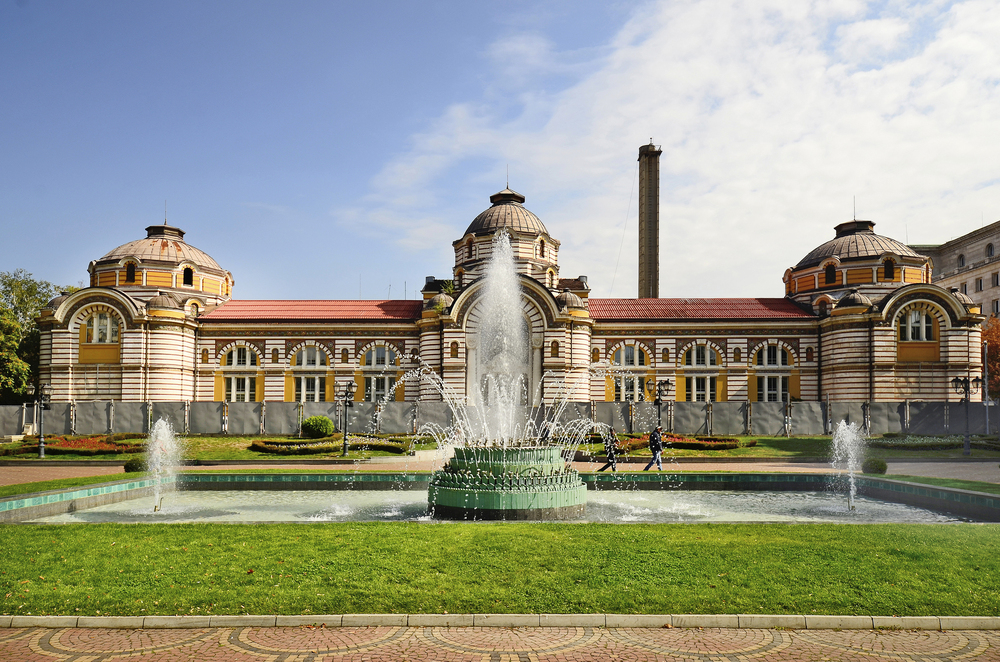First impressions are not always correct, at least not when they are founded on out-of-date stereotypes, sensationalized media coverage, or the lingering specters of tumultuous pasts. Most city destinations have reputations that no longer mirror their current reality, and visitors end up losing out on fantastic experiences waiting to be discovered behind such misperceptions.
Below is a list of 20 cities worldwide that are beset by persistent misconceptions but offer unforgettable experiences for travelers willing to look beyond superficial reputations.
Detroit, Michigan

Once associated with post-industrial decline and economic hardship, Detroit has transformed into a hotbed of creativity and renewal that bears little resemblance to its outdated reputation. Vibrant art initiatives have reclaimed abandoned spaces, while the food scene draws culinary talents attracted by affordable real estate and entrepreneurial opportunities.
The city’s rich musical heritage continues to evolve beyond its Motown roots, with venues showcasing everything from techno (which originated here) to thriving jazz and indie scenes.
Medellín, Colombia

Formerly notorious as the headquarters of Pablo Escobar’s cartel, Medellín has engineered one of the most remarkable urban transformations of the 21st century. Cable cars and escalators connect hillside neighborhoods to the city center, inspiring urban planners worldwide.
With award-winning architecture, lush botanical gardens, and year-round spring weather, the “City of Eternal Flowers” feels like a fresh start built on hard-won change.
Like Travel Pug’s content? Follow us on MSN.
Belfast, Northern Ireland

Often remembered solely for “The Troubles,” Belfast has evolved into a vibrant cultural hub where historical awareness coexists with forward-looking optimism. The stunning Titanic Museum acknowledges the city’s shipbuilding heritage, while contemporary art galleries and a thriving music scene create fresh cultural narratives.
The political murals that once signaled division are now part of thoughtful tours exploring the complex history, led by guides from both nationalist and unionist backgrounds who work together to share multiple perspectives.
Lagos, Nigeria

Often seen only through reductive narratives of struggle, Lagos also pulses with entrepreneurial energy and cultural innovation that drives much of Africa’s creative economy. The city produces world-class literature, film, fashion, and Afrobeats music that influences global pop culture far beyond Nigeria’s borders.
Tech startups flourish in this dynamic ecosystem where traditional markets coexist with modern malls, and contemporary art galleries showcase works commanding attention in international auctions.
Marseille, France

dismissed as rough-edged or unpolished compared to Paris, Marseille has transformed into a Mediterranean cultural powerhouse without sacrificing its authentic character or diversity. The striking MuCEM museum creates a dialogue between European and Mediterranean cultures, while the renovated Vieux Port provides stunning public spaces.
France’s oldest city maintains its working-class roots and multicultural identity while embracing its new role as a capital of contemporary art and boundary-pushing cuisine.
Like Travel Pug’s content? Follow us on MSN.
Taipei, Taiwan

Often overshadowed by flashier Asian cities, Taipei offers an unparalleled combination of ancient traditions, cutting-edge technology, and progressive values without the overwhelming crowds of more famous destinations. The efficient public transportation, vibrant night markets, and nearby hot springs create a remarkably livable urban experience.
The city’s progressive stance on LGBTQ+ rights and environmental protection demonstrates how traditional Asian values can harmonize with contemporary social movements.
Johannesburg, South Africa

Frequently reduced to alarming crime statistics, Johannesburg contains vibrant neighborhoods showcasing South Africa’s dynamic post-apartheid cultural evolution. The Maboneng Precinct and Braamfontein areas have transformed industrial zones into creative hubs filled with galleries, boutiques, and cafes, reflecting the city’s diverse populations.
The Apartheid Museum and Constitution Hill provide essential historical context, while Soweto’s heritage sites, including Vilakazi Street—once home to both Nelson Mandela and Desmond Tutu—illuminate the struggle that shaped modern South Africa.
Napoli, Italy

Often portrayed as bustling and unpredictable, Naples preserves an authentic Italian urban experience that is increasingly rare in more tourist-oriented cities. The birthplace of pizza maintains culinary traditions with religious devotion, while its historic center contains more UNESCO-listed buildings than any European city.
Beneath the streets, ancient Greek and Roman ruins connect with a vast network of underground tunnels, creating a palimpsest of civilizations spanning nearly 3,000 years of continuous habitation.
Like Travel Pug’s content? Follow us on MSN.
Tijuana, Mexico

Traditionally viewed through the limited perspective of border vice, Tijuana has evolved into a sophisticated culinary and arts destination attracting creative talents from across Mexico. The innovative Baja Med cuisine merges Mexican traditions with Mediterranean influences and Asian techniques, while craft breweries and the Valle de Guadalupe wine region nearby enhance the gastronomic appeal.
Contemporary art spaces and cultural centers showcase Mexican creativity without the tourist markup of more established cultural destinations.
Tehran, Iran

Political tensions between Iran and Western countries have obscured Tehran’s identity as a sophisticated metropolis with world-class museums, diverse culinary traditions, and surprisingly progressive youth culture. The contemporary art scene thrives despite constraints, with galleries showcasing works that balance tradition and innovation in unexpected ways.
Beneath the mandatory hijabs, younger Tehranis maintain vibrant underground fashion, music, and social scenes that challenge outsider assumptions about life in the Islamic Republic.
Manila, Philippines

Often dismissed as merely as an overwhelming or disorganized transit point to beach destinations, Manila rewards visitors with its compelling blend of Spanish colonial architecture, American influences, and vibrant Filipino culture. The walled city of Intramuros contains a well-preserved Hispanic heritage, while contemporary Filipino cuisine gained international recognition for creative approaches to traditional flavors.
The city’s resilient spirit emerges through vibrant street art, innovative adaptive reuse of historic buildings, and cultural expressions that transform everyday hardships into art and celebration.
Like Travel Pug’s content? Follow us on MSN.
Glasgow, Scotland

Long overshadowed by Edinburgh’s fairy-tale aesthetics, Glasgow offers Scotland’s most authentic urban experience through its distinctive architecture, legendary music scene, and genuine local character. The city that produced bands from Simple Minds to Franz Ferdinand maintains vibrant live music venues alongside world-class museums and art galleries housed in stunning Victorian buildings.
The distinctive Glaswegian humor and unpretentious warmth create connections with visitors willing to engage with locals on their terms rather than expecting performative hospitality.
Addis Ababa, Ethiopia

Often viewed through the outdated lens of 1980s famine coverage, Ethiopia’s capital showcases the dynamic present and ancient heritage of a nation that maintained independence while neighboring countries endured colonization. The National Museum houses early hominid fossils, including the famous Lucy, while distinctive modernist architecture from the mid-20th century creates a unique cityscape.
The thriving jazz scene, contemporary art galleries, and coffee culture (Ethiopia being coffee’s birthplace) reveal a sophisticated urban identity rarely portrayed in Western media.
Osaka, Japan

Frequently overlooked by visitors rushing between Tokyo and Kyoto, Osaka offers Japan’s most accessible and unpretentious urban experience with its down-to-earth character and legendary food culture. The city’s residents pride themselves on straightforward communication and humor that contrasts with Tokyo’s reserve, creating more spontaneous interactions with visitors.
The street food culture, particularly around Dotonbori, showcases Osaka’s identity as Japan’s kitchen, where the tradition of ‘kuidaore’ (eating until you drop) remains a guiding philosophy.
Like Travel Pug’s content? Follow us on MSN.
Bucharest, Romania

Often associated primarily with communist-era architecture and post-Soviet transition challenges, Romania’s capital actually offers elegant Art Nouveau buildings, vibrant cafe culture, and green spaces that earned it the nickname ‘Little Paris’ in its pre-communist heyday. The massive Palace of Parliament provides a compelling physical manifestation of dictatorial excess, while the historic Lipscani district has transformed into a pedestrian-friendly zone of restaurants and boutiques.
Contemporary art galleries and design studios showcase Romanian creativity emerging from the constraints of recent history.
Lima, Peru

Long considered merely a necessary stopover en route to Machu Picchu, Lima has transformed into South America’s culinary capital, with restaurants consistently ranking among the world’s best. The city’s distinct neighborhoods range from the bohemian Barranco district with its colorful colonial architecture to the modern Miraflores area perched above Pacific surf breaks.
Pre-Columbian huacas (ancient sacred sites) punctuate the urban landscape, creating thought-provoking juxtapositions of indigenous heritage amid colonial and contemporary structures.
Birmingham, England

Frequently derided in British popular culture, England’s second city has transformed from an industrial powerhouse to a cultural hub while maintaining its unpretentious character. The distinctive Brummie accent, unfairly maligned in British media, reflects a diverse population that has created one of the UK’s most exciting food scenes drawing on the city’s Caribbean and South Asian communities.
The industrial heritage finds new expression through arts districts established in former factories, while the Birmingham Symphony Orchestra and Birmingham Royal Ballet offer world-class performances without London prices.
Like Travel Pug’s content? Follow us on MSN.
Sofia, Bulgaria

Often overlooked on European itineraries, Bulgaria’s capital offers remarkable architectural layers reflecting Thracian, Roman, Ottoman, and Soviet influences in close proximity. The gold-domed Alexander Nevsky Cathedral stands among the most impressive Orthodox churches in Europe, while the nearby ancient Serdica complex showcases Roman ruins preserved beneath modern streets.
The city’s abundance of mineral hot springs feeds public baths and fountains, creating distinctive urban rituals connected to these natural features.
Rotterdam, Netherlands

Dismissed by some as Amsterdam’s less charming cousin, Rotterdam’s near-complete destruction in World War II enabled the creation of Europe’s most architecturally innovative city. Daring contemporary buildings like the tilted cube houses and Markthal (with its apartment arch over a food market) create a forward-looking urban landscape unique in Europe.
The city’s port heritage generates a straightforward local character distinctly different from Amsterdam’s tourism-influenced atmosphere, while excellent museums and a thriving design scene attract creative professionals from across Europe.
St. Louis, Missouri

Often reduced to crime statistics or the iconic Gateway Arch, St. Louis preserves beautiful neighborhoods, world-class free museums, and distinctive local cuisine that few visitors experience. The city’s significance in American musical history extends from ragtime pioneer Scott Joplin to rock pioneer Chuck Berry, with blues and jazz traditions maintained in venues throughout the city.
Forest Park, larger than New York’s Central Park, houses major cultural institutions, including an outstanding art museum and free zoo, which demonstrate the city’s commitment to public amenities despite economic challenges.
Like Travel Pug’s content? Follow us on MSN.
Beyond First Impressions

Cities, like people, contain multitudes that cannot be boiled down to simplistic labels or outdated reputations. The places on this list have fluid identities shaped by locals who are adamant about authoring new chapters while grappling with complicated histories. These cities reward travelers who have mastered the art of second impressions—those who arrive with open minds rather than closed guidebooks.
Authentic experiences in misunderstood cities have the potential to provide more significant connections to local cultures simply because such cities still serve residents first and tourists second. They offer urban areas in which visitors can momentarily step into actual daily life rather than set up tourist spectacles.
More from Travel Pug

- Cities Growing so Fast You Won’t Recognize Them in 10 Years
- 13 Destinations Where Tourists Regularly Regret Their Trip
- 20 Obscure WWII Sites Even History Buffs Don’t Know About
- 10 Under-the-Radar Mountain Towns That Are Both Affordable and Beautiful
- Remote Villages in Europe Where You Can Live for Free in Exchange for Work
Like Travel Pug’s content? Follow us on MSN.
